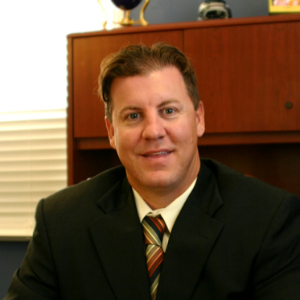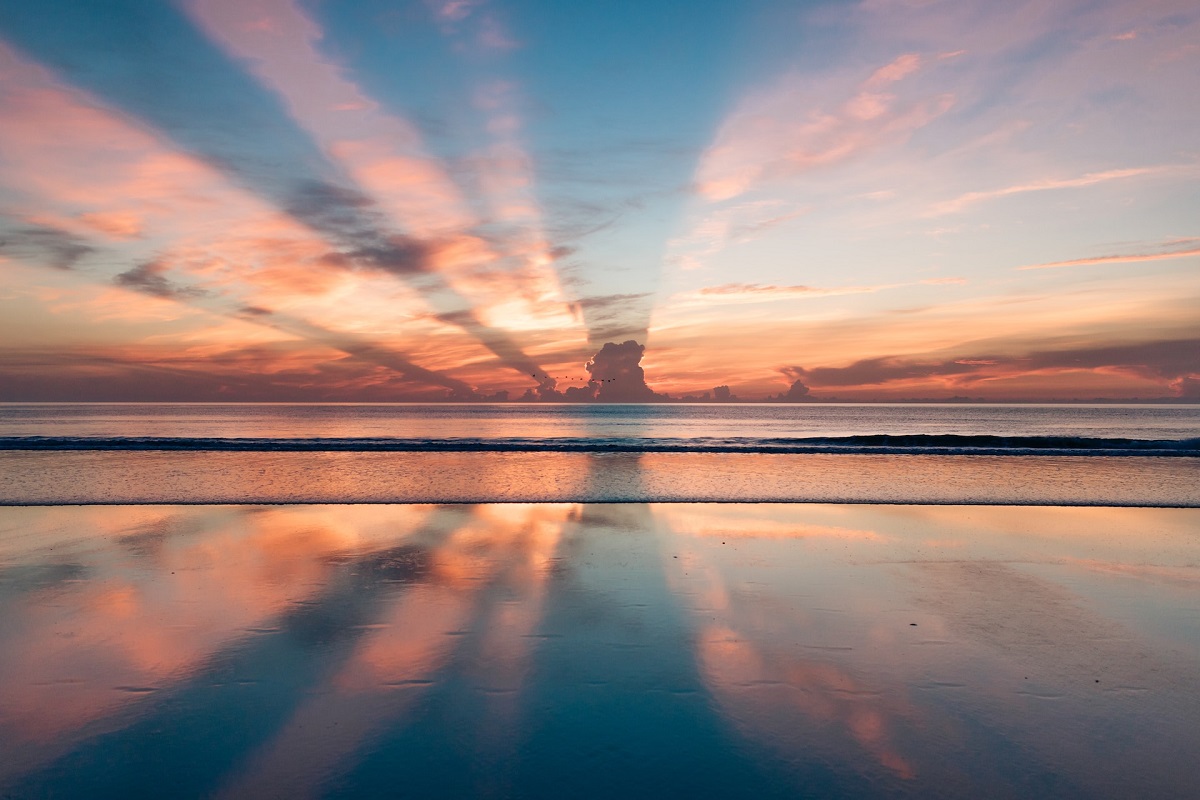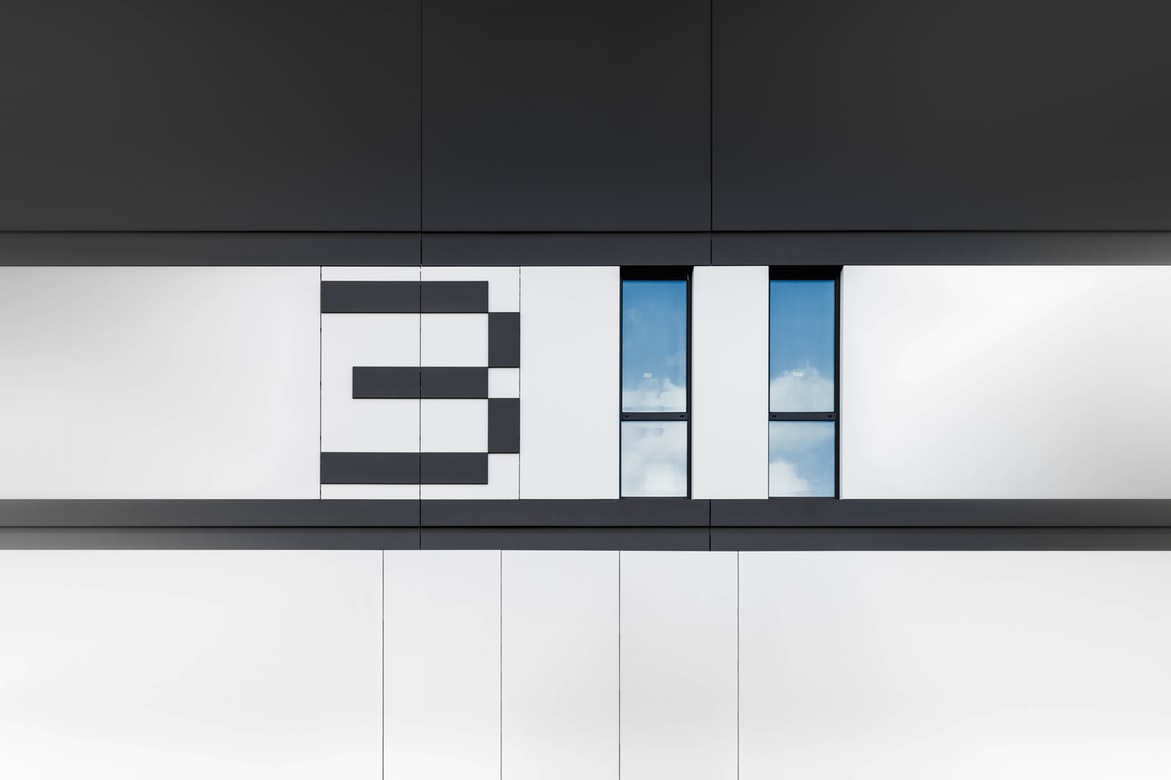
Fortified homes in a fragile insurance market
___
Published Date 6/20/2025
When you add up all the forces making it difficult to not only buy but also keep a home these days, insurance premiums — especially in disaster-prone states — are not a small part of the equation.
NPR’s Lauren Sommer and Stephan Bisaha report that as extreme weather becomes more frequent and devastating, homeowners across America face a growing crisis: skyrocketing insurance premiums and widespread policy cancellations. “Nearly 2 million Americans lost their home insurance between 2018 and 2023, with the hardest-hit areas being those most vulnerable to disasters,” says the pair.
But, they say, some states have found a promising solution by incentivizing homeowners to make their homes more disaster-resistant through insurance discount programs. Alabama was among the first to pioneer this approach after hurricanes in the mid-2000s caused home insurance premiums to triple in some areas. “The state adopted the FORTIFIED Roof standard in 2012, requiring two key improvements: waterproof stick-on layers to prevent rain damage, and specialized ring shank nails that resist high winds far better than smooth nails,” says NPR.
They tell the story of Alabama homeowner Ron Watson, whose house in Spanish Fort looks ordinary from the outside, but these hidden improvements earn him significant insurance savings. "That's a big incentive," Watson says. "Homeowners insurance now has been through the roof because of the storms we've had through here."
A two-pronged approach being used in Alabama requires insurers to offer at least 20% discounts on wind premiums for fortified roofs—savings that can reach hundreds of dollars annually since wind coverage represents up to 80% of coastal premiums. Second, the state's Strengthen Alabama Homes grant program covers up to $10,000 of retrofit costs.
“More than 50,000 Alabama roofs now meet the FORTIFIED standard,” says NPR. “When Hurricane Sally hit in 2020, these strengthened homes filed fewer insurance claims and suffered less damage than unprotected houses. Louisiana and Mississippi have since copied Alabama's program exactly.” Experts there say there are states now copying their program down to the letter.
California launched its "Safer from Wildfires" discount program in late 2022, but the incentives are much weaker. “Maximum discounts range from just 8% to 15%, and getting the full discount requires expensive upgrades to windows, roof, siding, fences, and vegetation management,” reports NPR.
They cite the example of Oakland, CA’s, Elizabeth Stage, who experienced wildfire risks firsthand in the 1991 Oakland Hills Fire which destroyed more than 3,000 homes. The blaze came within two houses of hers. She got to work replacing her redwood deck with composite materials, upgraded to fire-resistant roofing and siding, and installed dual-pane tempered glass windows. But even after these costly improvements, her maximum discount would be 15%, she reports. "It would be frosting on the cake," Stage says about the discount. "Before I worry about my premiums, I need to worry about a non-renewal notice."
Unless a homeowner has a crystal ball to predict a rapid property appreciation in their future, the modest savings—often just a few hundred dollars—don't justify the tens of thousands required for full wildfire retrofitting. So the discount is certainly not the strongest motivating factor.
As for those representing the insurance industry, the word is that discount programs alone won't solve the crisis. “The real problem is that insurance companies can still drop customers regardless of home improvements, except in rare cases like CSAA, which guarantees three years of coverage for wildfire-certified homes,” NPR reports. While it's a positive development, it doesn't matter if they won't write a policy, says Dave Jones, former California insurance commissioner.
The perils faced by those in wildfire-risk areas are confronted with unique challenges compared to hurricane preparation. NPR reasons, “While a stronger roof protects one home completely, wildfire safety depends partly on neighbors' actions too. Radiant heat from a burning property can ignite nearby structures even if they're well-protected.”
The stakes are high. With disaster damage costs continuing to escalate, reducing risk at the community level may be essential for keeping insurance available and affordable.
NPR,TBWS
All information furnished has been forwarded to you and is provided by thetbwsgroup only for informational purposes. Forecasting shall be considered as events which may be expected but not guaranteed. Neither the forwarding party and/or company nor thetbwsgroup assume any responsibility to any person who relies on information or forecasting contained in this report and disclaims all liability in respect to decisions or actions, or lack thereof based on any or all of the contents of this report.
American Home Lending USA, LLC - NMLS ID: 71983. To verify licensing, visit NMLS Consumer Access (www.nmlsconsumeraccess.org). Equal Housing Lender.


Jeff Beck
President
NMLS: 19488
American Home Lending USA, LLC
240 S Buchanan St, Edwardsville IL 62025
Company NMLS: 71983
Office: 618-310-0091
Cell: 618-806-2281
Email: jbeck@ahlusa1.com

Jeff Beck
___
President
NMLS: 19488
Cell: 618-806-2281
Last articles
___

Fed holds firm while wallets feel the pinch
6/23/2025
Unchanged. It’s a word that can bring both relief and worry...... view more

Three things that could impact rates this week
6/23/2025
These are the three areas that have the greatest ability to impact rates this we... view more

Fortified homes in a fragile insurance market
6/20/2025
When you add up all the forces making it difficult to not only buy but also keep... view more

Markets calm after the Federal Open Market Committee
6/20/2025
The FOMC and Powell on Wednesday, overall, the same talk as the May meeting...... view more

Turn moving from nightmare into vacation
6/18/2025
There is now help for just about everything...... view more

Three things that could impact rates this week
6/16/2025
These are the three areas that have the greatest ability to impact rates this we... view more
 American Home Lending USA, LLC
American Home Lending USA, LLC
